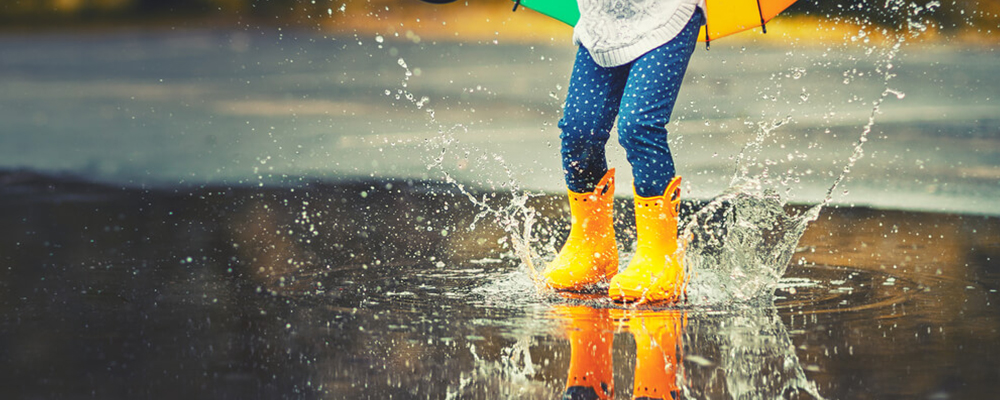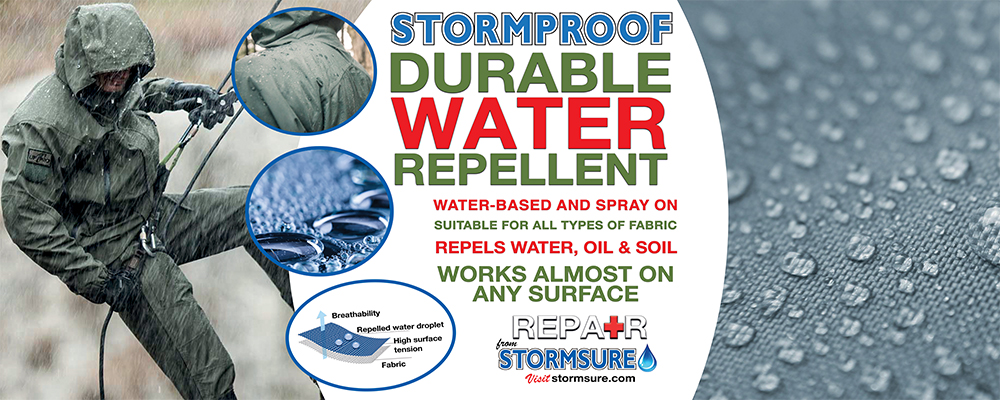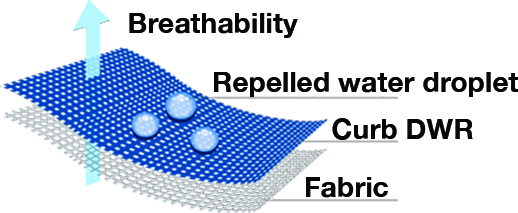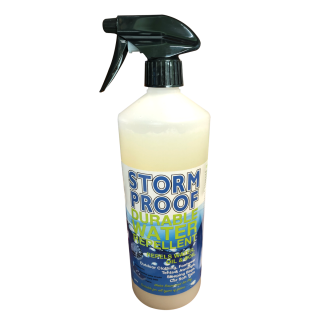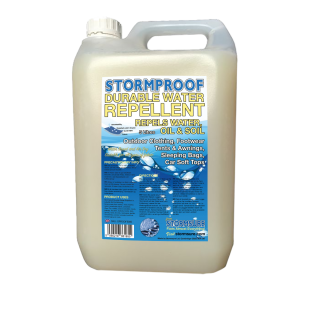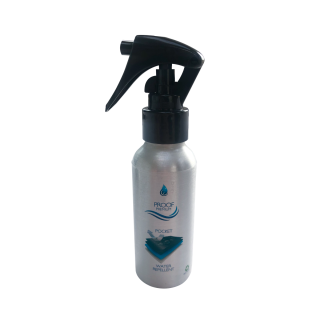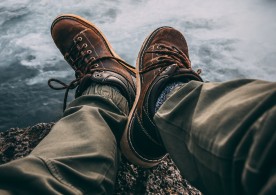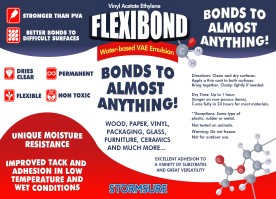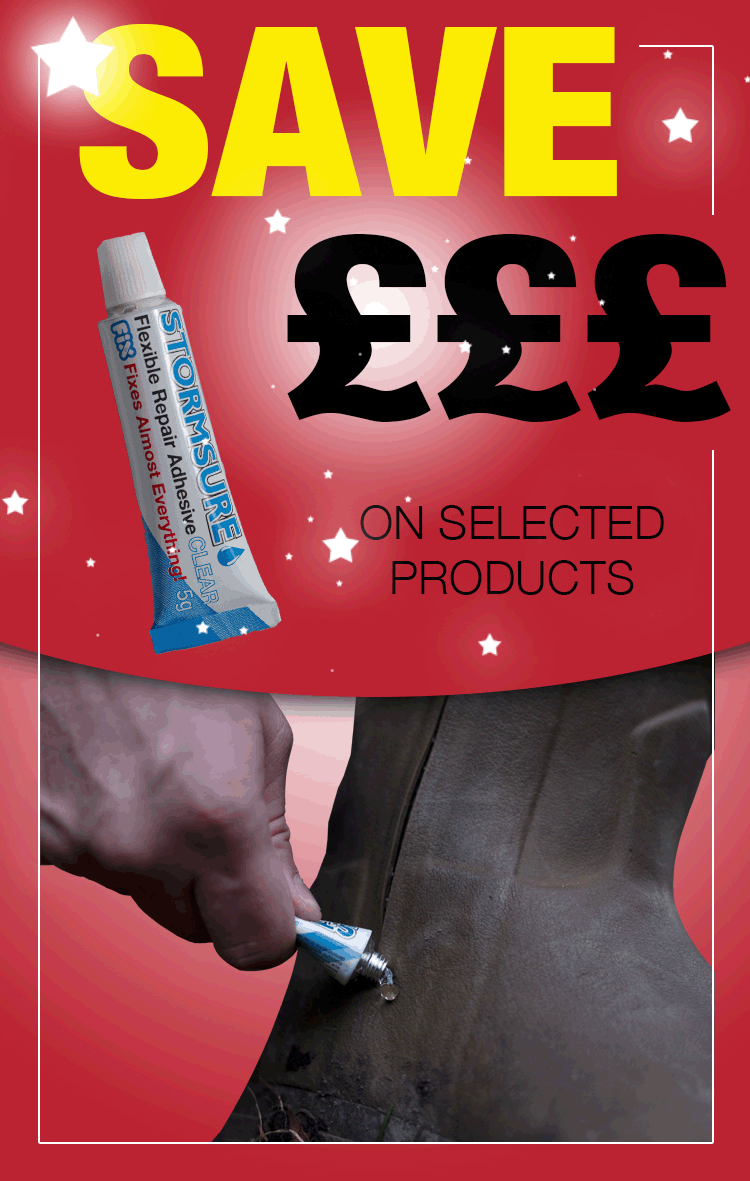Ever invested in any outdoor piece of clothing thinking it would keep you dry in a downpour only to find out.....that it doesn’t?
When it comes to water, the fact is not all jackets are created equal. There are significant differences between waterproof, water repellent and water resistant.
These terms are probably the most misused in the retail environment and retailers and sellers miss sell products to consumers based on these terms.
Do you know the difference between waterproof vs water resistant vs water repellent outerwear?
I was rather surprised to find out that most people don't know the difference between waterproof, water repellent and water resistant. This is more surprising considering how water-repellency is an integral part of most outerwear purchases.
There are big differences between waterproof, water repellent and water resistant.
Accoriding to the Oxford English dictionary the terms are defined below:
- Water-resistant: able to resist the penetration of water to some degree but not entirely
- Water-repellent: not easily penetrated by water, especially as a result of being treated for such a purpose with a surface coating
- Waterproof: impervious to water
We're going to go a little further and explain in full:
What Does Water-Resistant Mean?
If a product is labeled as “water-resistant,” it was designed specifically to resist contact by light water (rain showers/light rain and snow flurries) but are not designed to withstand any heavy water exposure to the elements. From a technical standpoint, any water-resistant fabric should be able to withstand a water pressure of roughly 1,500 mm or more, according to the Hydrostatic Head Test (abbreviated as HH). The test is fairly simple. A double open-ended cylinder is placed on top of a DWR treated fabric and gradually filled with water. Measurements (in millimeters) are recorded to see how much exposure to water the fabric can withstand before permeation (or liquid penetration) occurs. The ratings vary, and the higher the number, the better the quality of waterproofness.
If a product is labeled as “water-resistant,” it offers the lowest level of water protection. If a product resists water, it is usually because the fabric itself is acting as the barrier between you and a light rain shower. Tightly woven fabrics offer a degree of water resistance because it takes some time for water to seep through the material. With the addition of a coating or impregnation however, you can make the fabric water repellent.
What Does Water-Repellent Mean?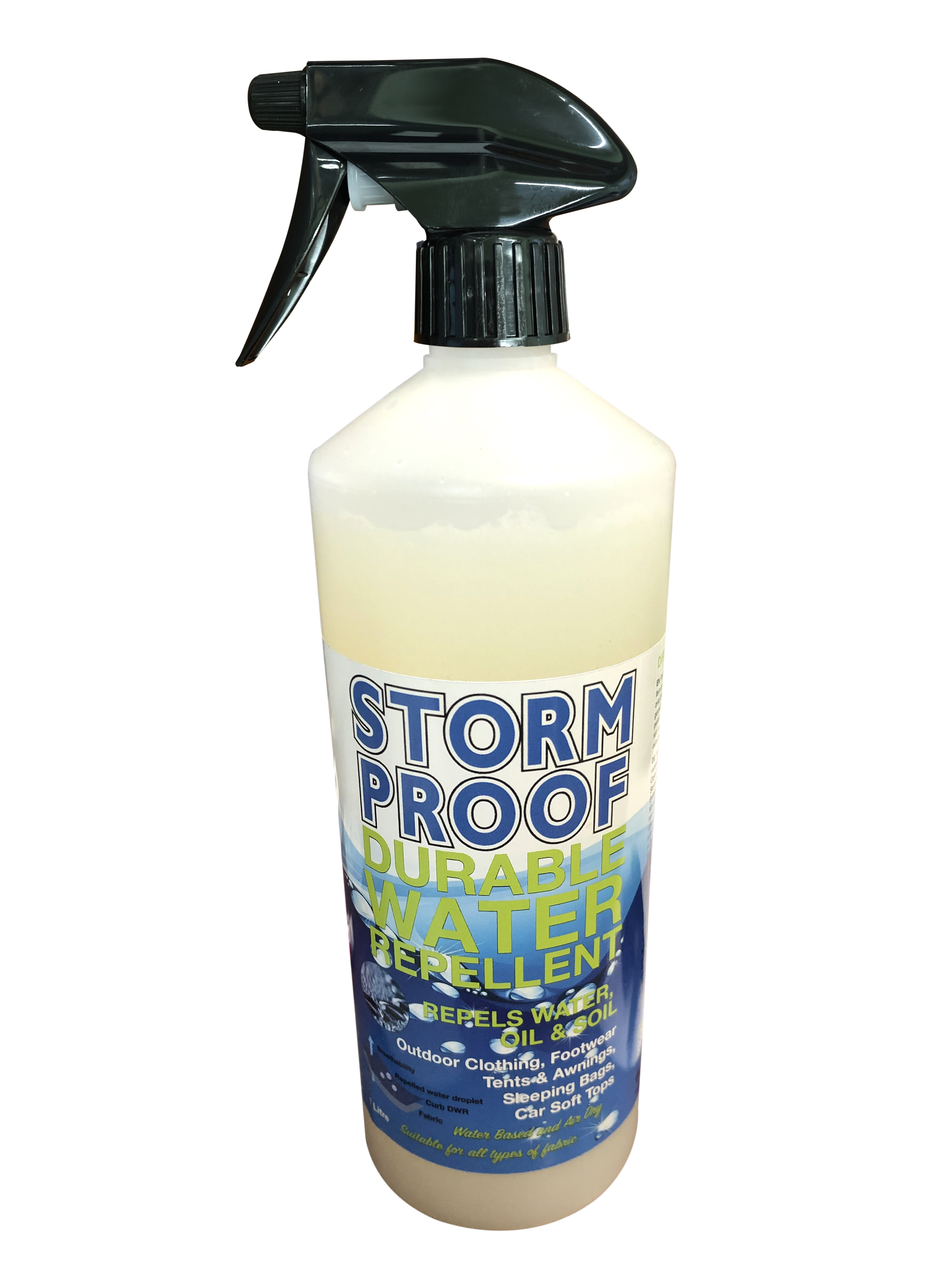
How Water Droplets Form On Fabric
Water-repellent fabrics depend on something called surface area angling in order to repel liquid. If a droplet makes contact with the fabric at an angle less than 90 degrees, some water will be absorbed into the fabric. If a droplet hits an angle greater than 90 degrees, less water will be absorbed.
Put simply; once a liquid hits the surface of the outer fabric, depending on the angle of impact and how much surface area is covered will determine how well water is repelled. Scientists have, over the years, come up with a definitive list to explain how naturally water-repellent some fabrics are. Evaluating the results based on four variables, fabrics are graded on how water droplets form on their surfaces.
The list takes into consideration...
- The chemical compounds present in the fabric.
- The roughness of the surface area.
- The porous qualities of the fabric.
- How substances like oil, sweat, and dirt affect water-repellency.
Water-Repellency Testing Methods For Fabrics
When it comes to testing fabrics for water-repellent qualities, factors like permeability (the trait of a material or membrane that causes it to allow liquids to pass through it) and penetration (the measure of how much surface area a liquid can cover as it is absorbed) play major parts in these experiments. In controlled laboratory environments, fabrics are tested in four classes to determine whether they can inherently repel water:
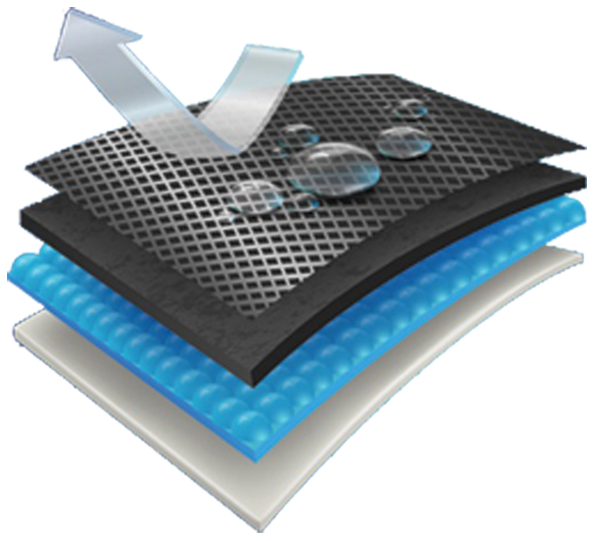
- Class A: Permeability is tested against water pressure.
- Class B: Penetration is tested in simulated rainstorms.
- Class C: Levels of absorbance are measured.
- Class D: The fabric is tested by means of angled liquid contact.
If a fabric is able to effectively pass these four classes of testing methods, it can be deemed usable for companies to use in outerwear production.
So How Does A Fabric Become Truly Water-Repellent?
Apart from synthetic alternatives, refined fabrics are not inherently water-repellent. In order to make a fabric used in the production of outerwear repel water, a DWR is coated onto the exterior shell or infused with the fibers of a garment. DWR is a specifically manufactured chemical that, once applied to the surface of a fabric, repels water.
DWR Won’t Last Forever
DWR treated garments will need to be retreated with the compound once in a while to keep the water repellent compounds fresh and invigorated. Things like dirt and oils attract water, and can adversely affect how well the DWR coating will repel rain. All it takes is either a wash or a reapplication spray, or sometimes both.
A quick spray is definitely the easiest way to rejuvenate the exterior fabric fibers. Products like Stormproof are easy to use and provide excellent DWR reinforcementAll that needs to be done is to spray the entire exterior of the garment and let it dry out before wearing/storing.
Stormproof also prolongs your garment’s life span by making the fabric more durable and protects it from the elements over a longer period of time.
What Does Waterproof Mean?
A product labeled “waterproof” provides the highest quality level of water protection from rain or water amongst all outerwear. When companies design waterproof products, they target water-resistant features and enhance them to increase the amount of water being repelled.
- Are treated with a DWR coating or laminate to ensure high-grade water repellency (10,000mm+)
- Have layers that are designed to increase the amount of possible water-resistance.
- Have sealed/heated seams that help ensure better water-resistance functionality.
- Utilize waterproof zippers that are more durable and withstand harsh conditions.
- Often cost a lot more due to these features.
Hopefully you are wearing a waterproof jacket during an intense rain storm because the added pressure of an intense shower would make water seep through the fabric to your skin.
The amount of pressure you can apply to a jacket before you start getting wet varies. For example, if a jacket has a water pressure of 10,000 mm. That means you would only start getting wet if a single point of the jacket was hit with a 10-metre pressure of water. That is a lot of water! There is outdoor gear out there that has up to a water pressure of 30,000 millimetres!
With that being said, what good is a waterproof jacket if you are sweating inside of it? Breathability is vital. And in this case, breathability refers to the jacket taking moisture away from your body to the outside of the jacket. This can be achieved with the material being made of a naturally water-resistant fabric and coated with a durable water repellent, or DWR. Using a hydrophilic fabric in combination with a water-repellent outer layer makes a superior waterproof jacket, because it keeps you dry outside and comfortable inside.
Conclusion
Now that you know that “water-repellent” is a characteristic, and understand the major differences between water-resistancy and waterproofness in fabrics, you should have a newfound sense of reassured confidence when purchasing the perfect product that meets your needs. Being mindful of label descriptions can greatly assist you in deciding whether a product will be suitable for the conditions that you expose it to.




